Visits
Visits to historical sites, museums, and galleries offer exciting opportunities to engage with the past. Hands on experiences give an insight into the world beyond the classroom. This section enables you to have the confidence to plan and undertake visits which effectively develop children’s learning.
-
One of my favourite history places: Fulham Palace
ArticleClick to view -

Using the back cover image: Exploring the collections of Victorian naturalists
ArticleClick to view -

Teaching pre-history outside the classroom
ArticleClick to view -
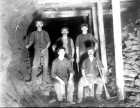
Local history and a sense of identity
ArticleClick to view -

Learning Outside the Classroom
ArticleClick to view -

Teaching the First World War in the primary school
ArticleClick to view -
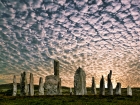
The Stone Age conundrum
ArticleClick to view -

Our Iron Age challenge
ArticleClick to view -

Using cemeteries as a local history resource
ArticleClick to view -

From Home to the Front: World War I
ArticleClick to view -

The 2014 History National Curriculum: how to get the best from heritage
ArticleClick to view -

The Great Fire of London and the National Curriculum
ArticleClick to view -
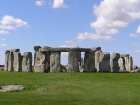
Stone Age to Iron Age - overview and depth
ArticleClick to view -

The world on the wall: exploring diversity on Hadrian's Wall
ArticleClick to view -

Creating the 'creative history' website
ArticleClick to view -
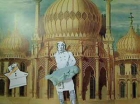
Museums, schools and creativity: How learning can be enhanced
ArticleClick to view -
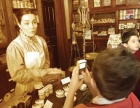
Geosong: a transition project
ArticleClick to view -

A creative Egyptian project
ArticleClick to view -

In My View: Creativity & History
ArticleClick to view -
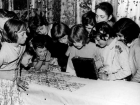
Creativity in teaching and learning at the Geffrye Museum
ArticleClick to view

